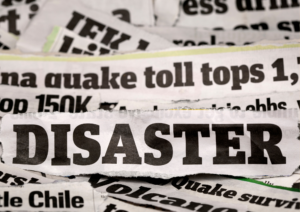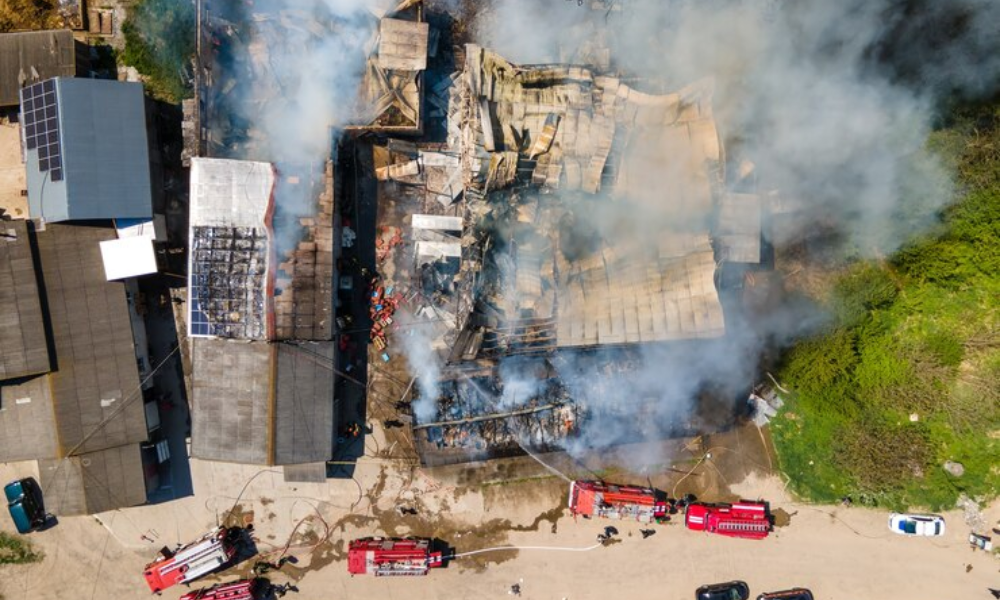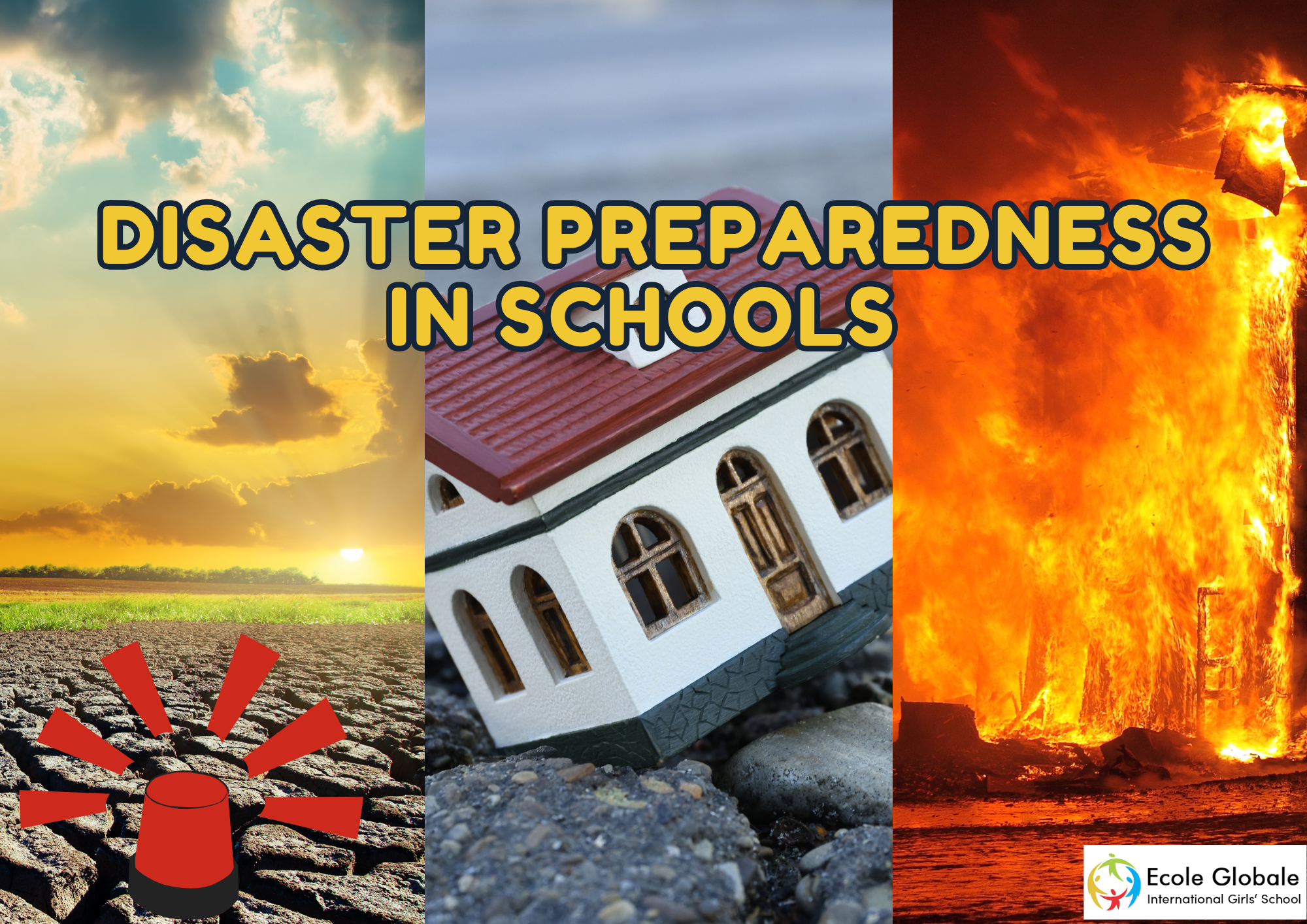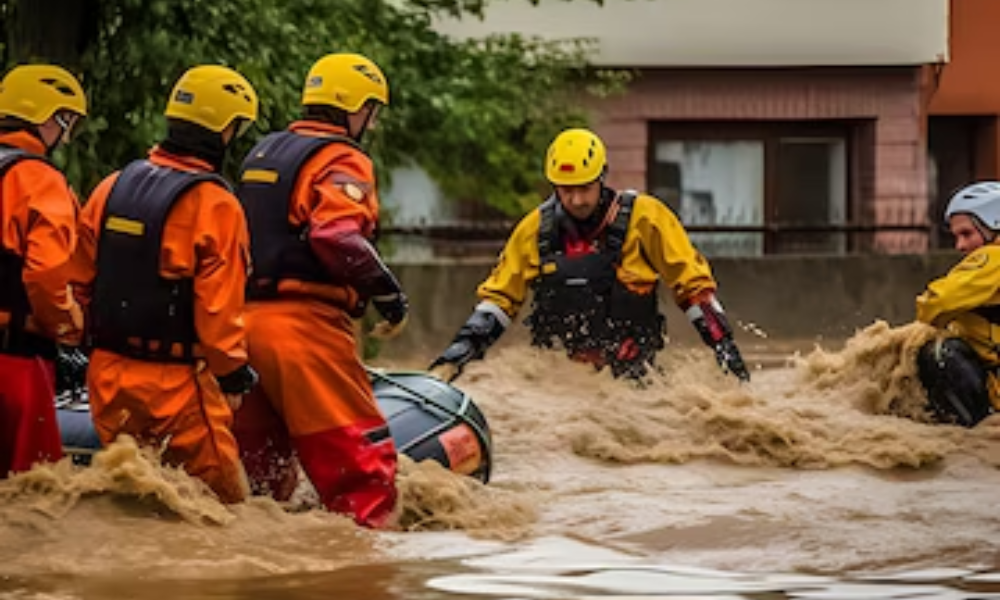In today’s unpredictable world, safety in schools is more important than ever. While educational institutions focus primarily on academics, another crucial aspect that cannot be overlooked is disaster preparedness. Ensuring that schools are equipped to handle various disaster scenarios can make all the difference in minimizing harm and ensuring the safety of students, staff, and the broader school community.
Disaster management education should be an integral part of the curriculum in Indian schools to ensure the safety and resilience of students and staff.Some disasters are unpredictable, while others can be anticipated. The first step in preparing is to assess the area and identify potential risks based on location, geography, and climate.
Schools, which house large numbers of people, must adopt effective emergency protocols to manage crises. Collaborative efforts among students, teachers, staff, and parents are essential to tackle these challenges. Here are some of the key emergencies schools should be prepared to manage:
- Fire Breakouts
- Extreme Weather (Heatwaves or Cold Snaps)
- Storms and Tornadoes
- Landslides
- Earthquakes
- Security Threats (e.g., Terror Attacks)
- Wild Animal Encounters
By prioritizing disaster preparedness, schools can create a safer environment for everyone on campus.
Disaster Preparedness Topics: Types of Disasters Schools Should Prepare For

Disaster preparedness in schools should include planning for various types of emergencies. Some of the primary disaster preparedness topics schools must address are:
Natural Disasters
Natural disasters such as earthquakes, floods, and hurricanes can strike without warning. Schools must have clearly defined evacuation routes, disaster kits, and staff trained in first aid to handle such situations.Fire Safety
Fires can start due to electrical faults, kitchen accidents, or external factors. Fire drills should be held regularly to familiarize students with escape routes, and schools must ensure that fire extinguishers and alarms are accessible.Violent Incidents
In a world where violent incidents like school shootings, bomb threats, or other attacks are becoming more common, schools must have emergency protocols to secure students in lockdown situations. Staff should be trained to remain calm and direct students to safe zones until help arrives.Pandemics and Health Crises
The recent COVID-19 pandemic highlighted the importance of disaster preparedness when it comes to health emergencies. Schools must establish health protocols for pandemics, including proper sanitization, social distancing, and isolation areas for students who fall ill.
Major Disasters Preparedness

Earthquakes
Earthquakes can strike without warning, so it’s vital to take steps to reduce their impact in schools. Here are some measures to manage and lessen the effects:
Warnings and Alarms
Earthquakes can’t be predicted exactly, but alerts can be sent quickly after they occur through alarms, messages, and announcements on TV and radio.
Construction
School buildings should be designed with earthquake safety in mind. Regular checks and updates to weak areas are essential. Install safety technologies in classrooms, corridors, and other rooms.
Training and Awareness
Regular earthquake drills are crucial. Students and staff should know the evacuation procedures by heart. Some key tips include:
- Hide under sturdy furniture if you can’t reach an exit.
- Evacuate the building as soon as possible when vibrations are felt. Use emergency exits and follow drill instructions.
- Secure furniture to walls to prevent it from falling and blocking pathways.
Extra Supplies
In severe cases, rescue teams might take hours or even days to arrive. Keep a toolkit ready with essential supplies like food, water, torches, and first aid items. Make sure these kits are easy to find.
Fire Breakouts
Fires are frequent disasters in school buildings. Schools must install reliable fire warning systems, including smoke detectors, temperature sensors, and alarms. Here are some additional tips:
Training and Awareness
Conduct regular fire drills. Everyone should know the layout of the building, including all entries and exits. Cooperation is key; students, teachers, and staff should all know the emergency procedures.
Safety Measures
Install fire extinguishers, water sprinklers, alarms, and smoke detectors in key areas. Display laminated blueprints showing the floor layout, rooms, entries, exits, and fire exits.
Immediate Actions
Quickly inform the authorities. Students should contact their parents, who can then send help if needed.
Some actions apply to every emergency. Here are some standard preparedness tips:
- Stay aware and alert at all times.
- Do not panic.
- Know the different types of disasters and how to act in each case.
- Work together with others and support each other.
- Act quickly and energetically.
Some disasters can’t be prevented. Taking precautionary measures helps create a safer environment and a more secure life. Be prepared, stay safe.
Conclusion
Disaster preparedness is a shared responsibility that involves everyone from government agencies to individual citizens. By being proactive and prepared, we can significantly reduce the adverse effects of disasters and ensure the safety and well-being of our communities.
FREQUENTLY ASKED QUESTION
Q1: Why is disaster preparedness important in schools?
A1: It helps protect lives, minimize damage, and ensures everyone knows what to do in emergencies.
Q2: What should schools do to prepare for earthquakes?
A2: Conduct drills, secure furniture, and maintain emergency supplies.
Q3: How can students contribute during fire outbreaks?
A3: By following evacuation plans, staying calm, and helping others evacuate safely.
Q4: Why is training and awareness crucial in disaster preparedness?
A4: It ensures everyone knows procedures and can act quickly in emergencies.
Q5: What common actions should be taken during any emergency?
A5: Stay alert, avoid panic, know evacuation routes, and cooperate with others.










